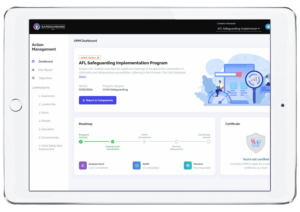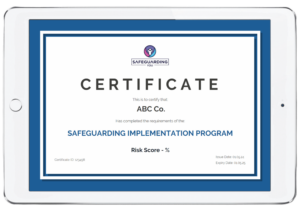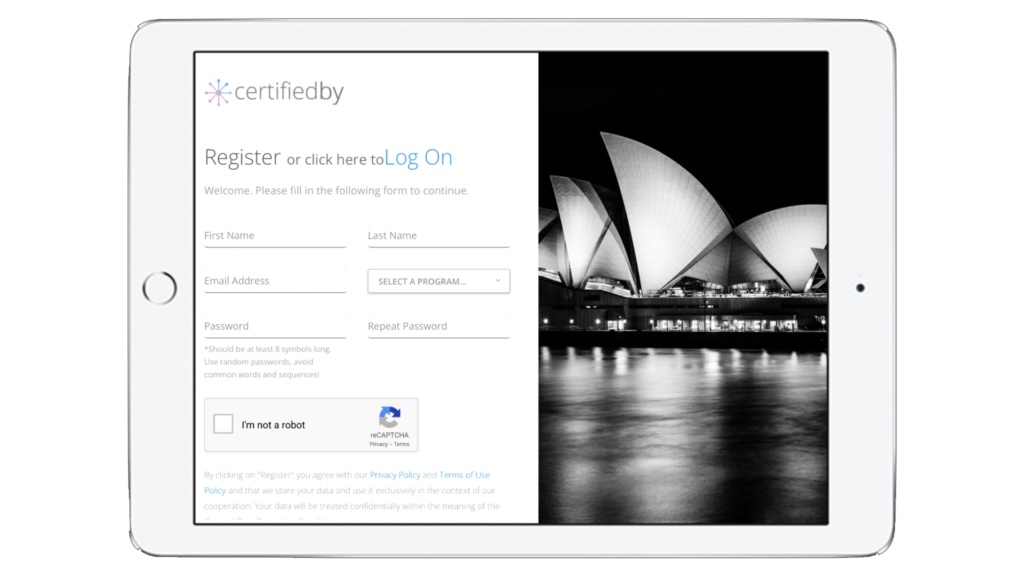Safeguarding Workplaces:
Comprehensive Employee Wellbeing
A safer, healthier, and more productive workplace is just a step away.
At Safeguarding You, we understand that a safe, supportive, and compliant workplace is the foundation of a thriving organisation. Our innovative programs are designed to empower businesses to protect their greatest asset – their people – while meeting legal obligations and fostering a culture of care and productivity.
Our workplace offering combines Psychosocial Safety, Human Resources, and Health & Safety into a single, seamless solution. Together, we help you address risks, meet compliance standards, and create an environment where employees feel valued and secure.




How We Help You Safeguard Employees:
Building Resilient Workplaces
Workplace stress, bullying, and burnout are significant risks that can impact productivity and morale. Our psychosocial safety program equips organisations with the tools and resources to assess and address these risks proactively. By fostering a psychologically safe environment, we help you protect your employees’ mental health while enhancing engagement and resilience.
Maintaining best practice standards is essential for any business, but it can be difficult to know where to start or how to keep up with changes in societal trends and employment legislation.
The Workplace Psychosocial Safety Program provides businesses with a framework and assessment against best practice standards of psychosocial safety and mental health promotion by government regulators. The program includes a self-assessment questionnaire, library of resources and materials, and support from Safeguarding You experts.
Protecting Our Most Valuable Assets.
HR compliance and employee relations are at the heart of a well-run workplace. Our HR solutions provide guidance on creating and enforcing policies, managing workplace behavior, and promoting inclusivity. From onboarding to performance management, we ensure your workplace is not only compliant but also a space where talent can thrive.
Maintaining best practice standards is essential for any business, but it can be difficult to know where to start or how to keep up with changes in legislation.
The Workplace Human Resources Program provides organisations with a framework and assessment against best practice standards of human resources as provided by FairWork. The program includes a self-assessment questionnaire, library of resources and materials, and support from Safeguarding You experts.
Prioritising Worker Health & Safety
A safe workplace is a productive workplace. Our health and safety program supports businesses in implementing robust safety protocols, identifying and mitigating risks, and ensuring compliance with regulations. From physical hazards to ergonomic considerations, we help you create a culture where safety is second nature.
Maintaining best practice standards is essential for any business, but it can be difficult to know where to start or how to keep up with changes in legislation.
The Workplace Health & Safety Program provides businesses with a framework and assessment against best practice standards of health and safety as provided by WorkSafe The program includes a self-assessment questionnaire, library of resources and materials, and support from Safeguarding You experts.
How it Works

REGISTER
Simply click the START NOW button at the top of this page to start your program.
IMPROVE
For smart recommendations, supporting information and helpful resources, subscribe to the Action Management Module (see more).
CERTIFY
Evidence results with a Program Review and Certificate of Assessment to share with relevant stakeholders (see more).
ALL PROGRAMS include access to a digital library of amazing tools & resources
This Program Includes
-
Smart Self Assessment
-
Risk Report: High-Med-Low
-
Action Management Module
-
Incident Management
-
Digital Library of Resources
-
24/7 Access: Mobile & TV
Optional: Program Review & Certificate of Assessment
Program Modules
Psychosocial Safety
1. Workplace Bullying
2. Violence and Aggression
3. Work-Related Stress
4. Workload Management
5. Emotional Demands
6. Work Schedule
7. Control Over Work
8. Organisational Change
9. Role Clarity
10. Reward and Recognition
11. Leadership and Culture
12. Conflict Resolution
13. Remote and Isolated Work
14. Trauma Management
Human Resources
1. Impact & Costs
2. Employee Hiring
3. Employee Induction
4. Policies & Procedures
Health & Safety
1. Prevent Injury
2. Insurance
3. Working From Home
4. Emergency & First Aid
5. Mental Health
6. Return To Work
An Optional Extra... Program Certificate!
This Means: Order a Program Review & Receive a Certificate of Assessment



Make Mental Health a Priority
Check Out Our Workplace Relations eBook 👇

Disclaimer 🤚
We’ve put our heart and soul into building something to help millions of Startups & SMEs around the world.
We’ve done a lot right and made mistakes along the way, cause no one ever said #RegTech or startup risk management was easy.
Rest assured we are leveraging the brightest minds, deepest resources, connected partnerships and hunger for growth to develop a better product every day for you.
With that being said… In no event shall CertifiedBy, its affiliates, partners, or licensors be liable for any direct, indirect, incidental, special, consequential, or punitive damages, including but not limited to, lost profits, lost data, business interruption, or other losses arising out of or in connection with the use of, or inability to use, the CertifiedBy platform or any content, advice, or recommendations generated by the platform.



